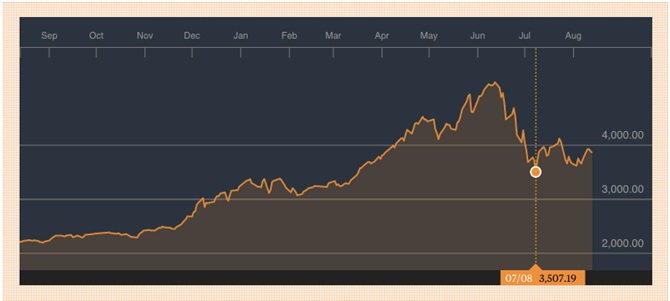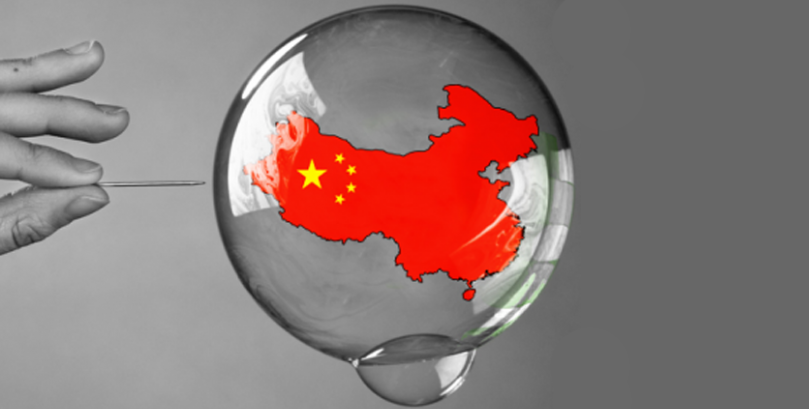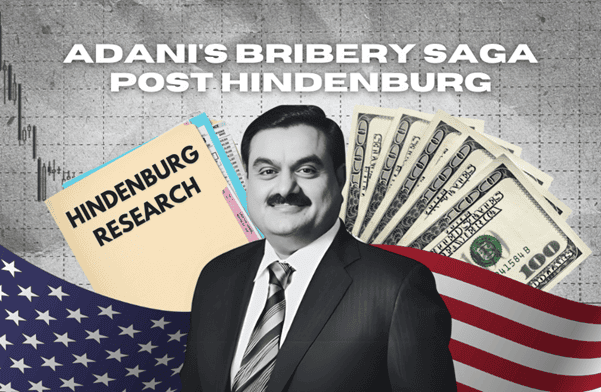By Ayush Jain
In the second Quarter of 2015 Asian markets were highly volatile. While the whole world’s eyes were on Greece and European Union, China’s economy was imploding. There had been a drop of about 30% in Shanghai Stock Exchange Composite Index (SHCOMP) between 12th June and 9th July leading to a loss of about $3 trillion! Yes, the one with a ’T’. To put things into perspective, in about a month’s time China saw a loss of value which is around 1.6 times of India’s GDP.

In order to combat this situation the Government and Private sector took some desperate measures:
- About 1300 listed companies decided to halt the trading on Shanghai and Shenzhen stock exchanges. About 45% of the stocks on these exchanges could not be traded now. This freeze in operations meant the prices could no longer fall and would remain fixed for a while leading to hindrances in Price signals. Imagine you are driving a car, no! wait China ain’t any car it’s a truck! so you are driving a truck at night and you get caught in a storm. You turn off your headlights and ram the pedal to steer your way out. How are you going to look ahead?
- Coming up with highly undervalued IPOs would’ve shake investors confidence in the market. So, 28 companies decided to held back their Public offerings. All these companies came out with a similar statements regarding prevalent market conditions and reasons to stifle their IPOs.
- This may sound very unsettling but the China Securities Regulatory Commission (CSRC) took the drastic step of banning the shareholders with the stake of more than 5% from selling shares for the next six months. Not only this but an official statement also stated that any shareholder who violated this rule would be dealt with ‘severely’- typical China!
- On 10th August, 2015 China devalued it’s currency further through Quantitative Easing, trying to inoculate the capital markets with money to stabilise them.
This is the kind of economic disaster which can lead to significant amount of social unrest and discontent among investors and stakeholders, many of which have invested borrowed funds in the market.
On a background check over this problem one can easily spot the bubble of economic boom artificially created by China to stimulate immediate and accelerating growth, but what it overlooked was sustainability of the economy. Certain pointers of China’s fascistic policy are:
- Regular Interest rate cuts over a long period of time created artificial signals to the market. This led to the distortion of business indicators.
- Providing direct line of Credit and Liquidity through the Government to the small and marginal investors to invest in the capital market. This way the government was creating huge sums of money through credit and by making sure it is invested in capital market the govt. was putting up a strong picture on paper. But ultimately devaluing everything.
- The aforesaid policies of cutting interest rates and providing virtually free and easy credit went hand in hand to provide greater infusion of capital in the market. This drove the stock exchange indices with full throttle without increasing the consumption level or productivity in the economy at the same pace.
- 20% of China’s output depends upon real estate. The country has used about 6.6 gigatonne of cement between 2011 and 2013 to create Ghost cities all across the country. Providing for growth of urbanisation and rise in value of real estate at an unbelievable rate. On a comparative scale, the amount of cement used is more than what USA used in the whole 20th century i.e. 4.5 gigatonne. *Mind Blown* (1 gigatonne = 1 billion tonne)
The Economic boom is easily explained by the monetary policy of the central bank, the government manipulations in the market and the subsequent availability of cheap money through credit. So, giving millions of people trillions to borrow and encouraging high stake investments to create huge economic bubbles in the market has worked for China so far. But, what’s ahead?
I believe the financial sector in China is headed for a downfall with significantly affecting the real economy if corrective measures are not taken in due time.
When bubbles as big as these burst the implications are cataclysmic, affecting all classes and the economy at large. Still stumbling upon and trying to survive in the after effects of economic crisis of 2008, The world economy is exhausted and is not ready for another blow.




